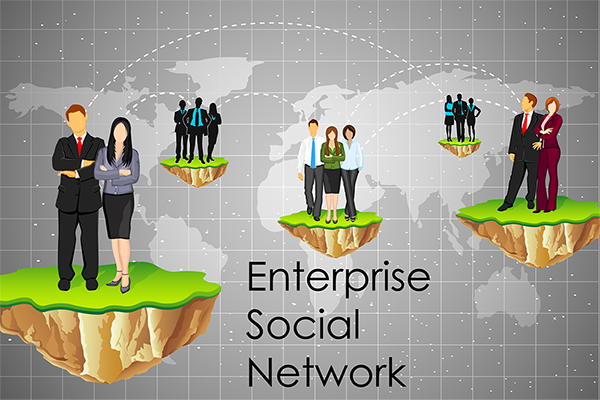
Enterprise Social Networks
An Enterprise Social Network (ESN) is an in-house private social network. It is like a private Facebook or LinkedIn for an organization. Members can create posts, join groups, follow individuals or groups, "like" a post, comment on posts, etc.
What are the benefits of an ESN? First, collaboration and knowledge sharing. Members can post questions or search posts for a particular topic. As members respond to posted questions the collective knowledge of the organization grows. Members can post links to other outside sources that may be of interest to the community at large to specific groups
A good ESN will also allow members to create their personal profiles. This can help members find someone with a particular skillset or knowledge of a specific domain.
Members can create groups for specific topics or for a project. Most ESN's allow for private groups that are restricted to approved members. This allows for confidential conversations between members of the private group. Any member of the ESN can join a non-private or public group. These public groups allow members to participate in discussions about topics of interest to them. Although ESN's are business focused, most organizations allow members to form groups for non-business topics such as Working Parents, Pet Lovers, Cancer Survivors, etc.

The two biggest concerns about ESNs from senior management that I see are security and determining value. At first glance, an ESN should be secure since it is internal. However, the concern is usually directed at individuals sharing information within the organization that is not intended to be shared.
Measuring or determining realized value can be challenging to say the least. Most of the presentations I have seen on this topic focus on presenting success stories. This includes cases where collaboration and productivity were increased, or where an expert was quickly found and solved a key problem. Another key part of measurement is tracking participation and engagement. What percentage of the organization's workforce is participating, how many actually contribute, what is the posting volume, how may responses or likes does a post receive on average, etc.
